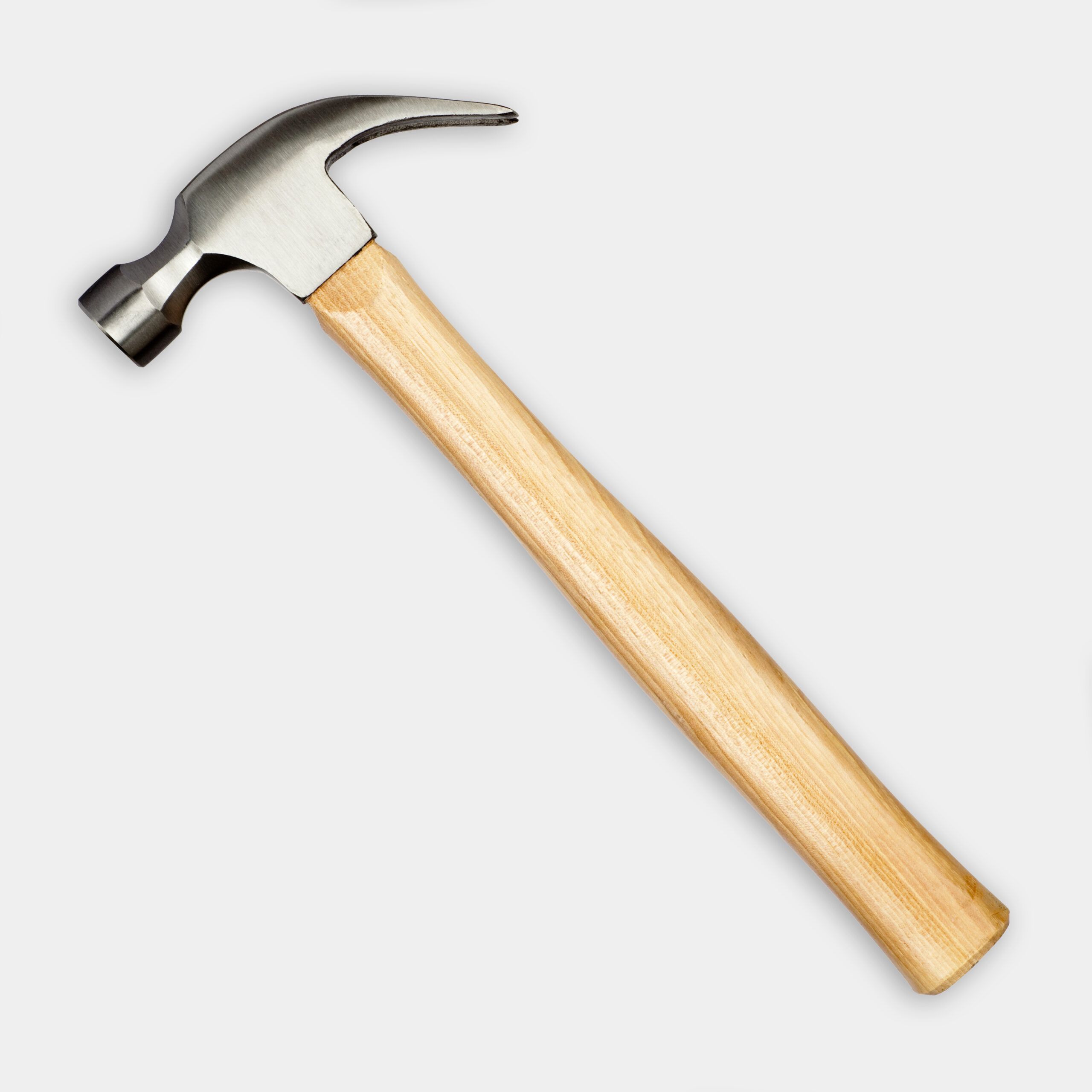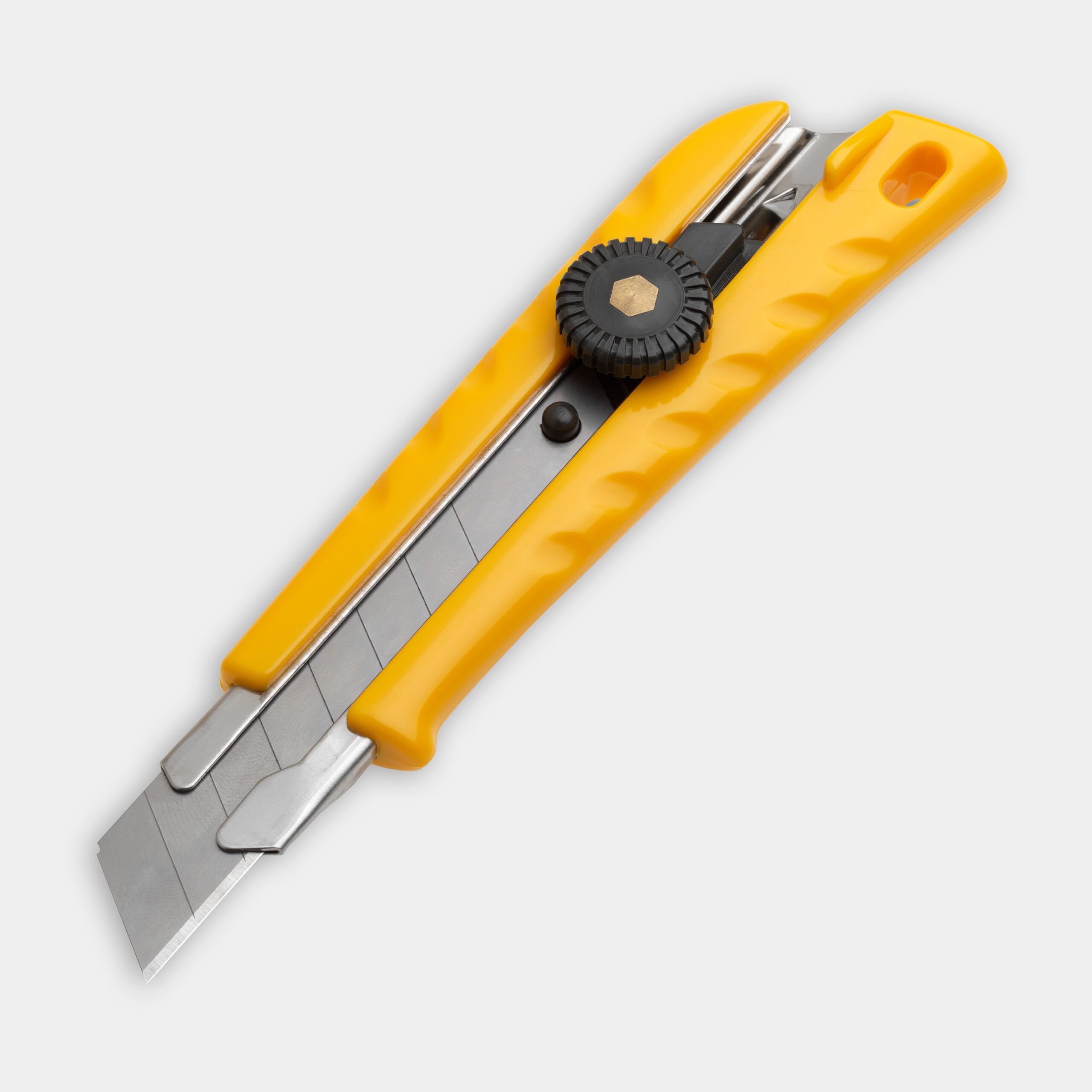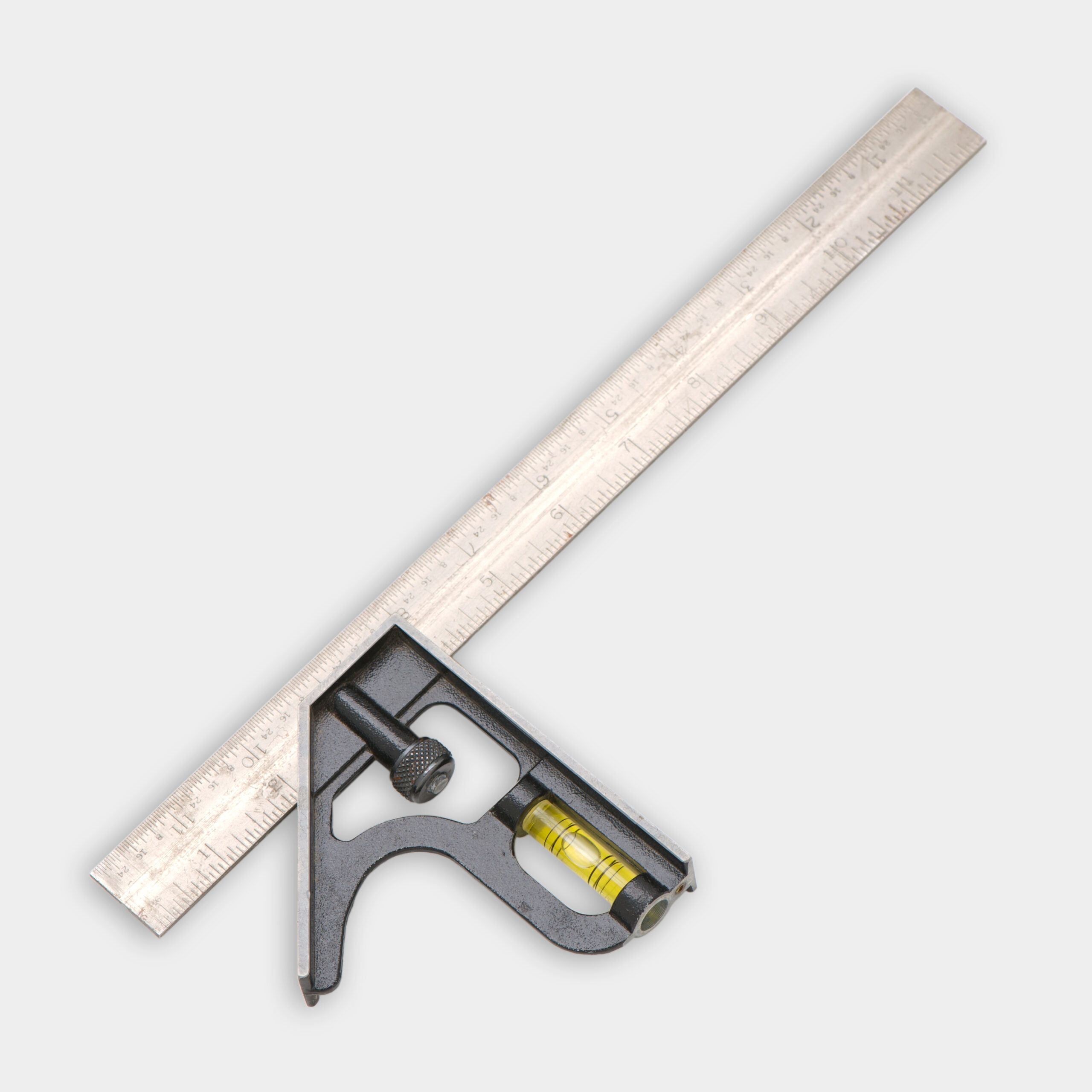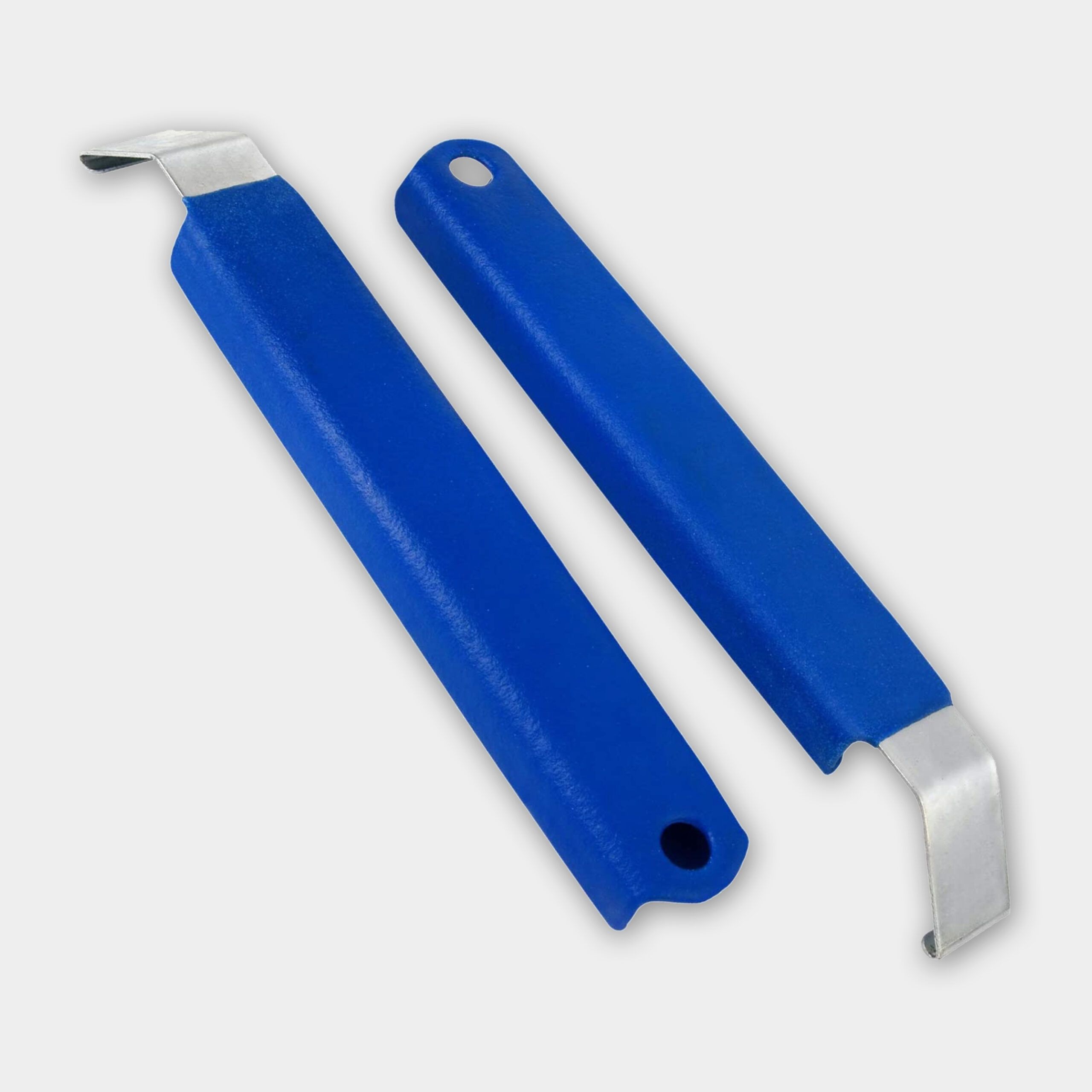We may be compensated if you purchase through links on our website. Our team is committed to delivering honest, objective, and independent reviews on home products and services.
Vinyl siding is popular among homeowners because of its durability, but the material is susceptible to heat damage, and can even melt under certain conditions. Melted vinyl siding can affect the way your house looks, and compromise how successfully it can protect your home against the elements. Read our guide below for tips on how to diagnose and fix heat-damaged vinyl siding, and how to prevent future damage.
What Causes Vinyl Siding To Melt?
One of the main causes of melted vinyl siding is heat reflection from windows. Low-emissivity windows, which are designed to reflect heat and improve energy efficiency, can sometimes focus sunlight onto nearby siding. This focused heat can warp or melt vinyl siding, particularly when the sun’s angle is direct.
Below are some other heat sources that can damage vinyl siding:
- Fire pits or outdoor fireplaces
- Intense sunlight
- Outdoor grills that are too close to the house
- Reflective surfaces such as glass tables or metal roofing
Diagnose the Problem With Your Vinyl
You must pinpoint the source of the heat that damaged the vinyl before you make any repairs. This will help you to prevent future incidents and protect your repair efforts. Follow the steps below to locate the heat source:
- Check for patterns: Determine whether the damage follows a specific pattern, or occurs at certain times of day. This can help you to pinpoint the source of the problem.
- Inspect the area: Carefully examine the damaged area and its surroundings. Look for potential heat sources or reflective surfaces that might concentrate sunlight onto the siding.
- Use a temperature gun: Use a temperature gun to measure the surface temperature of the siding throughout the day. This can help you to identify hot spots and determine the source of the heat.
Repair Melted Vinyl Siding
Follow the steps below to repair the melted vinyl siding and restore your home’s exterior:
Tools and Materials Needed
Gather the tools and materials below.
- Aluminum nails
- Aviation snips
- Combination square
- Hammer
- Replacement vinyl siding panels
- Tape measure
- Utility knife
- Zip tool
Step 1: Remove Damaged Siding
- Start at the top of the damaged area and work your way down.
- Use your hands to disengage the butt edge of the siding from the course immediately above.
- Remove the nails that hold the damaged siding in place with a hammer or pry bar.
- Carefully pull out the damaged siding panels and make sure that any undamaged parts remain intact.
Step 2: Measure and Cut New Siding
- Measure the length of the space from which you removed the siding.
- Add an inch to your measurement for overlap.
- Use a combination square and utility knife to score a new siding panel.
- Cut along the scored line with aviation snips.
Step 3: Install New Siding
- Start at the bottom of the repair area.
- Snap the lowest course of siding into the starter strip.
- Secure the siding with aluminum nails, and space them 12 to 16 inches apart.
- Let the nail heads protrude 1/16 inch to allow for expansion and contraction.
- Continue installing siding panels up the wall, and overlap each course.
Step 4: Secure the Top Course
- Use a zip tool to lock the top course of the new siding into the existing course above.
- Hook the zip tool onto the butt edge of the upper siding panel.
- Slide the tool along the wall while you pull down and push in simultaneously.
Tips for a Professional-Looking Repair
The tips below will help you to blend your repair with the existing siding:
- Clean the repaired area and surrounding siding to blend any color differences.
- Match the color and style of the new siding panels to your existing siding.
- Paint the repaired section if an exact match isn’t possible.
- Stagger the seams between courses for a natural look.
Dealing with Larger Vinyl Repairs
Many homeowners can handle minor siding repairs as part of do-it-yourself projects, but larger or more complex projects might require professional assistance. Professional contractors have the tools, experience, and skills necessary to tackle significant repairs. Contact a professional if you’re dealing with any of the issues below.
- Difficulty safely accessing a high or hard-to-reach area
- Extensive damage that covers multiple areas of the house
- Lack of confidence or experience in performing the repair correctly
- Structural damage beneath the siding that needs addressing
Prevent Future Heat Damage
Use the following methods to reduce the risk of heat-related damage and extend the lifespan of your vinyl siding.
- Apply anti-reflective film to problematic windows.
- Choose heat-resistant materials for nearby structures, such as decks, patios, and outdoor kitchens.
- Install exterior window screens to diffuse reflected sunlight.
- Move heat-generating appliances or fixtures away from the siding.
- Plant trees or shrubs to block direct sunlight.
- Position outdoor grills, fire pits, and similar heat-generating appliances away from your home.
- Regularly inspect your home’s exterior for signs of warping, melting, or other damage.





